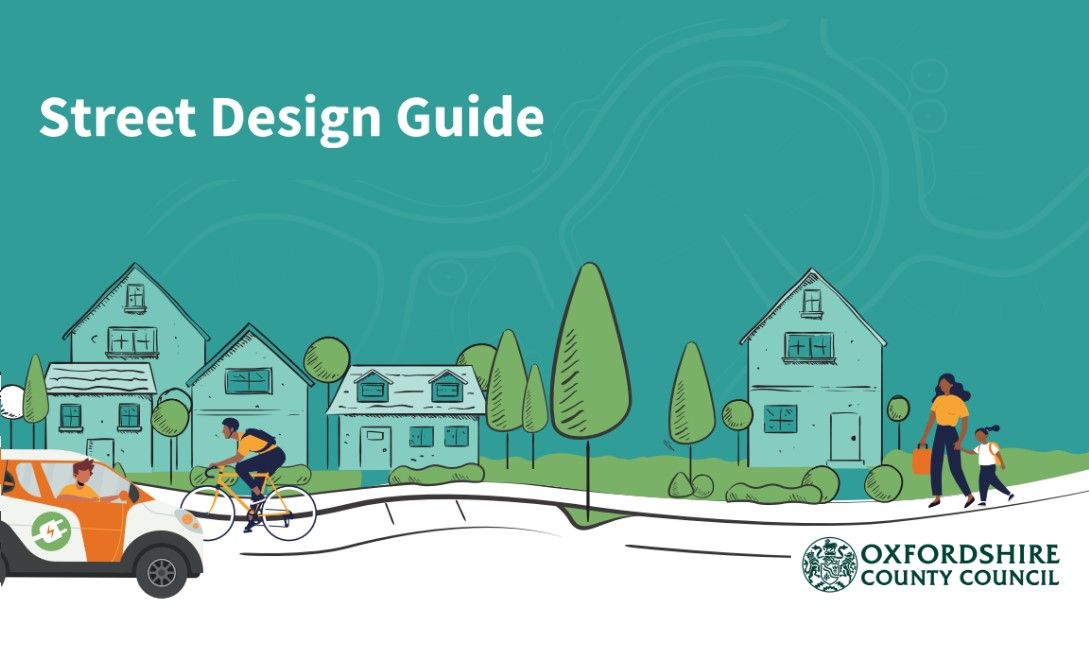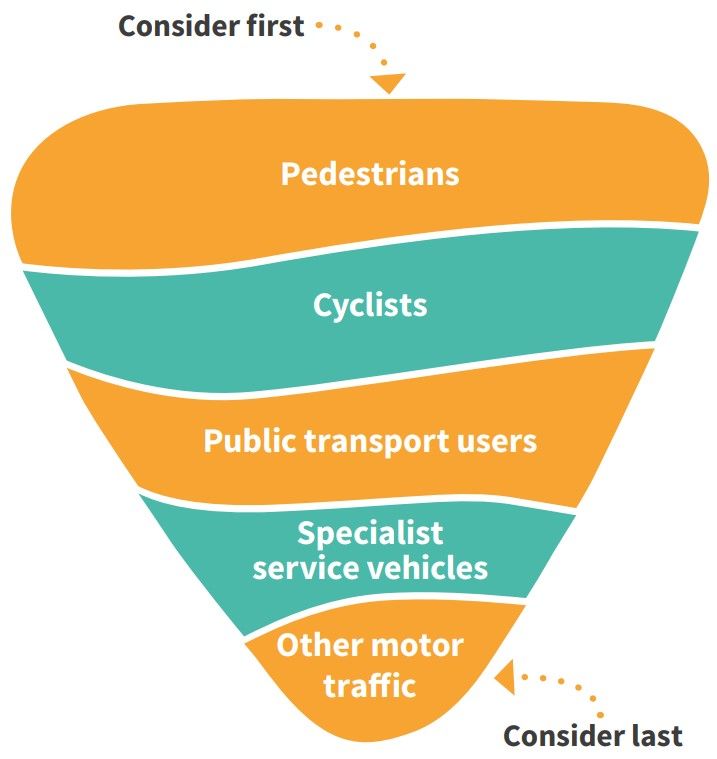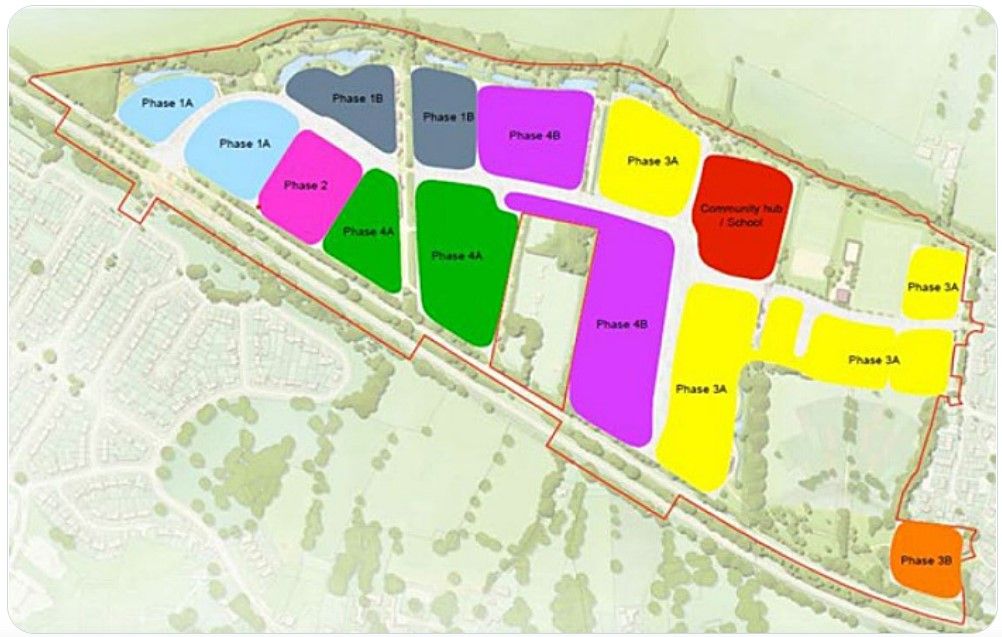New Street Design Guide for Oxfordshire: a step towards more sustainable travel
Oxfordshire County Council recently launched the first edition of the Oxfordshire Street Design Guide, setting out its expectations of developers building new homes and streets in Oxfordshire.

In its introduction to the Guide, the County Council acknowledges that “Streets have an important role in creating social and connected neighbourhoods for all.”
The Guide sets out its vision for Oxfordshire as: “A place where streets, through integrated and quality design, lead to a greater economic and social well-being and improved health for its residents, creating an environment for healthy lifestyles, sustainable travel and a zero carbon economy.”
Street space allocation
Given that Oxfordshire will experience unprecedented growth in new housing and employment over the next decade (100,000 homes and 85,000 new jobs in the period 2011-2031), the Council recognises that to accommodate the associated increase in demand for travel within and beyond the county, it has to address existing congestion and carbon emissions: “The way we travel has to change, shifting towards more active and sustainable travel by making journeys on foot, cycle and public transport.”
Section 1.2 on street space allocation acknowledges that reducing car ownership and road space allocated to motor vehicles is needed to enable a future where more sustainable travel options are made viable for many more people.
User and street hierarchy
Towards a new user hierarchy
The Guide adheres to the user hierarchy established in the Manual for Streets (2007), where pedestrians are considered first in the design process:

The Guide states: “To prioritise sustainable travel, infrastructure and links for walking and cycling must be considered at the start of the masterplanning process.”
Establishing a street hierarchy
The Guide also sets out the different types of streets that make up a network and their respective functions within the hierarchy, categorising them as primary, secondary and tertiary.
Refer to Part 2: User and street hierarchy.
New housing in Headington
This week we learned that planning applications for Phases 2 and 4 of Barton Park have now been submitted, so the principles set out in the Oxfordshire Street Design Guide are of direct relevance to us here in Headington:

If implemented, these principles will certainly play a part in reducing further unsustainable increases in motor traffic emanating from future developments on Headington’s perimeter. As residents, we must hold the Council to its promises.
The First Edition of the Oxfordshire Street Design Guide can be viewed here.
Read Oxfordshire County Council’s press release:

